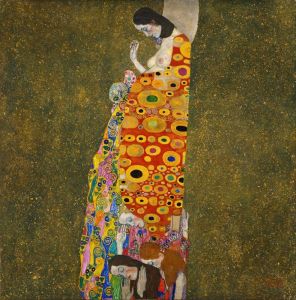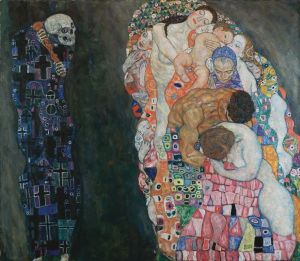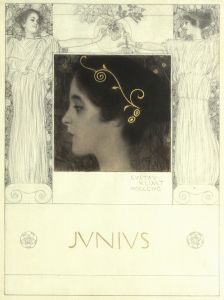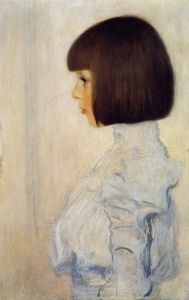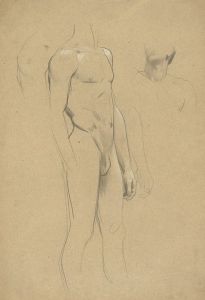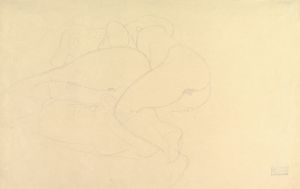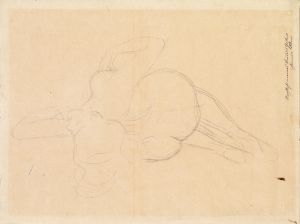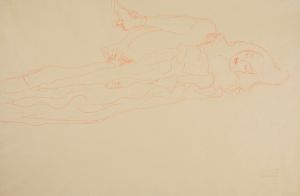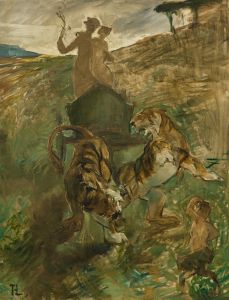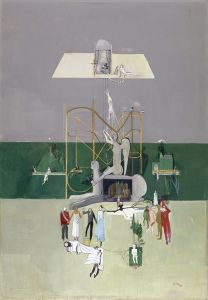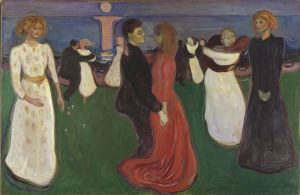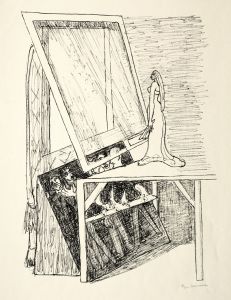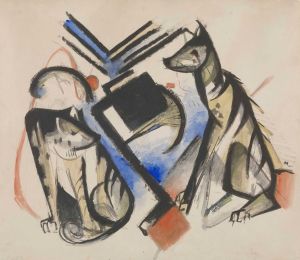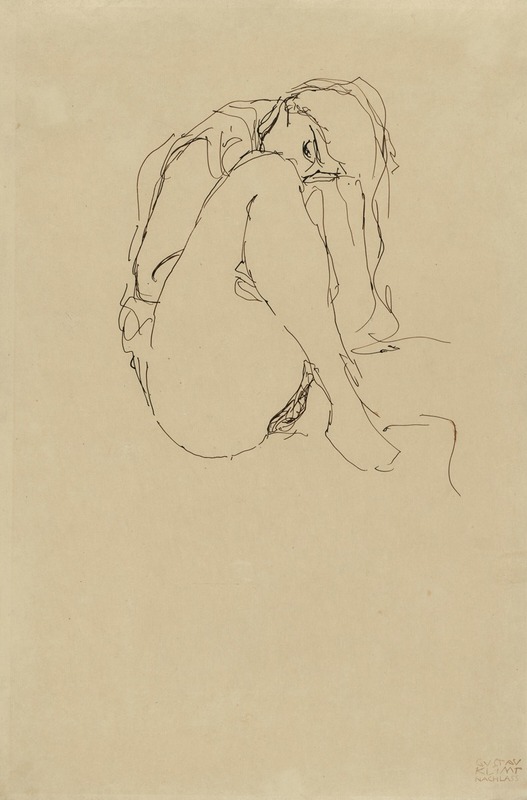
Tod und Leben
A hand-painted replica of Gustav Klimt’s masterpiece Tod und Leben, meticulously crafted by professional artists to capture the true essence of the original. Each piece is created with museum-quality canvas and rare mineral pigments, carefully painted by experienced artists with delicate brushstrokes and rich, layered colors to perfectly recreate the texture of the original artwork. Unlike machine-printed reproductions, this hand-painted version brings the painting to life, infused with the artist’s emotions and skill in every stroke. Whether for personal collection or home decoration, it instantly elevates the artistic atmosphere of any space.
Gustav Klimt's Tod und Leben (Death and Life) is one of the Austrian symbolist painter's most celebrated works. Created in 1910 and later revised in 1915, the painting reflects Klimt's fascination with the themes of mortality and the human experience. It is an oil on canvas work, measuring 178 cm by 198 cm, and is currently housed in the Leopold Museum in Vienna, Austria.
The composition of Death and Life is divided into two distinct sections. On the left side, the figure of Death is depicted as a skeletal figure cloaked in a patterned robe of dark tones, holding a staff and gazing intently at the group of human figures on the right. The right side of the painting features a cluster of intertwined human forms, representing life. These figures include men, women, and children, symbolizing various stages of life and the continuity of human existence. They are surrounded by a vibrant, decorative background of floral and mosaic-like patterns, which is characteristic of Klimt's style.
The juxtaposition of Death and Life in the painting highlights the inevitability of mortality while celebrating the beauty and vitality of human existence. The work is notable for its use of color and ornamentation, with the somber tones of Death contrasting sharply with the bright, warm hues of the figures representing life. This contrast underscores the duality of the themes Klimt sought to explore.
Death and Life is often interpreted as a meditation on the cycle of life and the universal human confrontation with death. The painting reflects Klimt's interest in symbolism and his engagement with existential themes, which were central to his artistic output during the early 20th century. It also demonstrates his mastery of combining figurative representation with decorative abstraction, a hallmark of his work.
The painting underwent a significant revision in 1915, five years after its initial completion. Klimt altered the background and added more intricate patterns, enhancing the decorative quality of the work. This revision is believed to have been influenced by his evolving artistic vision during this period.
Death and Life remains one of Klimt's most important works and is widely regarded as a masterpiece of early modern art. It continues to be a subject of study and admiration for its profound exploration of universal themes and its innovative artistic approach.





